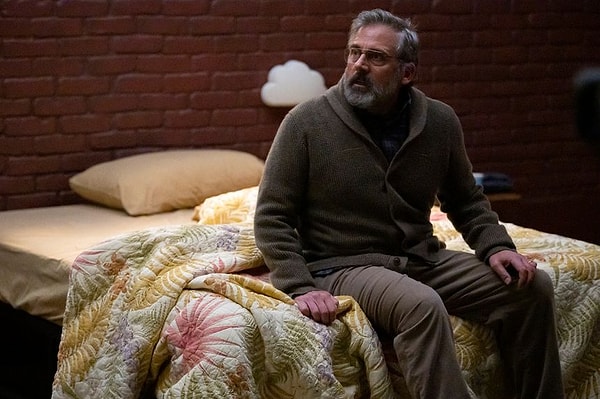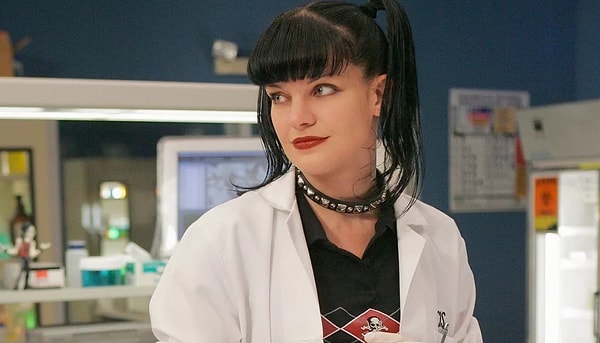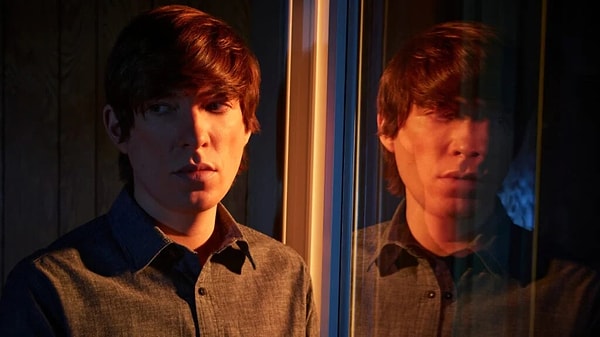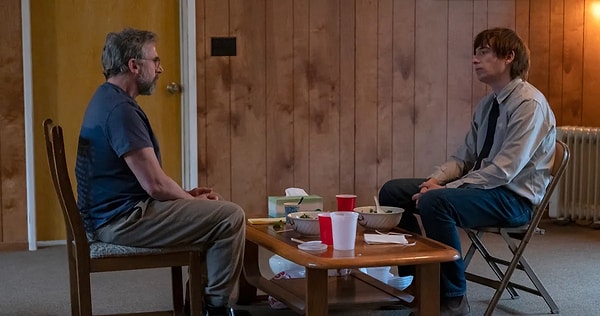'The Patient' is a Gamechanger in a Market Saturated With Serial Killers
Who would've thought that Steve Carell, the star of 'The Office' and the '40 Year-Old Virgin' could put on such a memorable performance in a psychological thriller? He's the master of dad jokes, witty enough to get us laughing our heads off and awkward enough to drive a punchline home. Thrillers don't seem to be his thing, but 'The Patient,' which also stars Domnhall Gleeson, is riveting and raw, and it benefits greatly from Carell's style. It wouldn't be the same without him.
Carell plays a psychologist who wakes up to find himself chained to the floor in a strange room. He was abducted by one of the patients he was seeing, a serial killer who is desperate to find the treatment he needs. Currently, Carell's fate hangs in the balance. We're not sure where we're going to go yet, but we don't mind guessing.

Courtesy of FX via Hulu
Why 'The Patient' Is Special
America has a longstanding fascination with serial killers. Decades before Clarice approached Hannibal Lecter in his cell, screenplay writers, authors, and journalists were spinning tales about cold, calculating monsters who could outsmart anyone. It's impossible to tell when this obsession started, but it's taken over the media. Our most memorable moments in film, from the screeching soundtrack in Psycho to the lotion in the bucket, are all based on the subject.

NCIS Courtesy of CBS
This hasn't stopped with fiction either. For more than 40 years, newscasts and television documentaries have been popping up on a regular basis. Real killers like Ted Bundy, Eileen Wuornos, and John Wayne Gayce have become household names. We study these men and women, going over every aspect of their lives--even their mannerisms, their speech, and upbringing--hoping to understand what makes them tick.

Charlize Theron as Eileen Wuornos in Monster, Courtesy of Newmarket Films
Hollywood knows how thoroughly obsessed we've become with killers, and they've responded with a neverending stream of content. Network television has at least two primetime murder mysteries seven days a week. There are entire cable channels dedicated solely to true crime, and there's a new murder trial cropping up every few months. It's gotten so bad that screenplay writers were forced to find new angles decades ago. Shows like 'Dexter' were meant to respond to a saturated market, filled with old tropes and tired cliches.
Streaming has only made things worse. Platforms are coming up with a new remake, a new biopic, and a documentary almost every day. We have Dahmer, Zac Efron as Ted Bundy, and several iterations of the Mansons; it's starting to get old. How much more material could there possibly be? It's like half the world has memorized every word spoken by these monsters.

Courtesy of Netflix via Manchester Evening News
Every single piece of content that Hollywood puts out claims to have unique footage, fresh interviews, and a new take. But it's usually just the same story over and over again. Murder mysteries have the same problem. It doesn't matter how eccentric the detectives are, everything has already been done before. That's why 'The Patient' is so special. Somehow the creators have managed to clear out the cobwebs, dust off the old cliches, and still find something that viewers have yet to experience. It does use old tropes. It shows things that have already appeared onscreen. But that's impossible to avoid, and it does so in a way that makes us feel like we're discovering something, rather than reliving the old moments we've gone through many times before.

Courtesy of FX via The Wrap
'The Patient' Has A Unique Perspective on Killers
When the market started to get saturated, back when the dinosaurs walked the earth, franchises began to flip the script, turning away from basic mysteries and character profiles, like Hannibal Lecter and Buffalo Bill. Serial killers stopped shocking us, so we stopped hearing about how evil they were and started turning them into heroes, killing for a just cause. If that wasn't the case, then we focused on the reason behind their actions. This juxtaposition was enough for a while, but over time it too got old. 'The Patient' solves this problem with a simple approach: realism.

Photo Courtesy of FX via Hulu
'The Patient' is a portrait of a real person, not a caricature that wears human skin and dances with his mother's corpse. The killer, Sam, is almost normal. He's strange, sure. But he's not the guy that goes bump in the night. He's fighting realistic physiological urges similar to what a person with drug cravings or anger management issues might experience. The parallels are there. He grits his teeth and paces around, talking about how he wants to do it. Scenes like this have played out in psychologists' offices many times before. The difference is that instead of trying to stop himself from hitting a wall or sticking a needle in his veins, Sam is trying not to kill. It doesn't get any more realistic than that.

The killer's mother, Candace Fortner Courtesy of FX via Hulu
Sam is More Than Just a Puzzle to Solve
Since the dawn of time, it seems like Hollywood has been attempting to turn serial killers into real people and failing miserably at it. We talk about everything that makes up an individual, from their upbringing to their personal tastes, but the result has never been fully realistic. Usually, these details come out when an investigator has a lightbulb moment and puts the pieces together, or for shock value when we figure out where Hannibal the Cannibal got his taste for human flesh. 'The Patient' goes into all of these things with Sam, including his relationship with his father, but it does so in such a way that the viewers finally get perspective. We see what makes a person who they are. It's like meeting them instead of reading a bio about them online. The addition of Sam's mother really helps with this. She's not a crazy woman who walks around with a butcher's knife. She's simply a parent who is concerned about her son. That's why she's willing to ignore what Sam is doing to the psychologist. She thinks it will help.

Photo Courtesy of FX via Hulu
How 'The Patient' Reinforces the Realism
The show keeps things plain to reinforce its theme of realism. The room where Carell is being held hostage isn't a dungeon with a hole in the ground and a bucket in the corner. It's more like a den on the bottom floor of his mother's home. There's no crazy music, no hyperventilating. The scenes are mostly quiet, free of the drama you'd expect from other thrillers. This also makes things seem more real. If you were being held hostage for a long period of time, nobody would be in the background playing a screeching violin, and the room probably wouldn't look like it belonged to the Inquisition. Instead, you'd get bored. The monotony would be a form of torture in itself, along with the lack of freedom. The show researched details like this, portraying an experience that we could believe. It helps reinforce the unique perspective we have on Sam. Perhaps more drama will come, but for now, viewers seem satisfied with a different kind of theatrics.
Things Could Change
We know that the show will heat up at some point, but we don't know how. There will be more suspense and more murder, and they haven't said what Sam plans to do with the psychologist once he's satisfied with the treatment. Sam is logical, to an extreme, so he could be worried that Carell's character will go to the police. But they don't really speak about it in the beginning. It will be interesting to see how that plays out.
Catch 'The Patient' on Hulu.
New episodes premiere Mondays.
Keşfet ile ziyaret ettiğin tüm kategorileri tek akışta gör!

Send Comment